CPLEX-Integrated GPT - CPLEX Optimization Guide
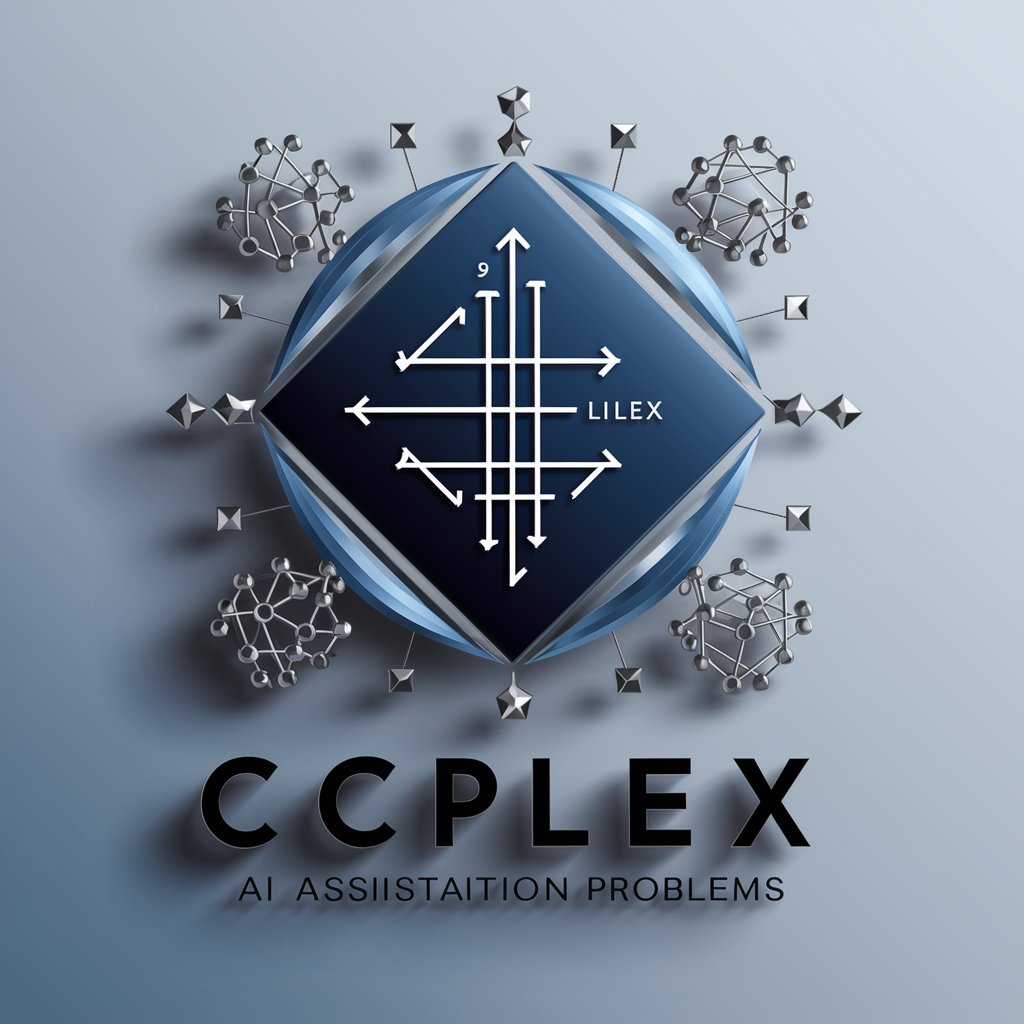
Welcome! I'm here to help with your optimization problems using CPLEX.
Enhance Optimization with AI Guidance
How can I formulate a linear programming problem using CPLEX?
What are common issues when using CPLEX for mixed-integer programming?
Can you explain how to interpret the output from a CPLEX optimization run?
What are some tips for improving the performance of CPLEX models?
Get Embed Code
Overview of CPLEX-Integrated GPT
CPLEX-Integrated GPT is designed to assist users with optimization problems by leveraging the CPLEX library. It guides users in formulating linear and nonlinear optimization problems, interpreting CPLEX output, and suggesting improvements to model formulations. The focus is on providing conceptual guidance and advice rather than direct code execution or real-time problem-solving. This GPT is particularly valuable in scenarios where users are developing or refining optimization models, needing insights into problem structuring, data handling, and interpretation of optimization results. For example, a user might need help formulating a mixed-integer linear programming model for a supply chain optimization or require assistance in debugging a model where the solver fails to find a feasible solution. Powered by ChatGPT-4o。

Core Functions of CPLEX-Integrated GPT
Formulating Optimization Problems
Example
Guiding users to convert business problems into mathematical models.
Scenario
A logistics company needs to minimize transportation costs while meeting delivery constraints. The GPT can guide the conversion of this business requirement into a linear programming model, identifying decision variables, constraints, and the objective function.
Interpreting Solver Output
Example
Explaining various outputs and messages from the CPLEX solver.
Scenario
When a user encounters an 'infeasible solution' message, this GPT can help diagnose potential reasons, such as conflicting constraints or data entry errors, and suggest remedial actions.
Optimization Model Improvement
Example
Suggesting ways to enhance model efficiency or accuracy.
Scenario
For a retailer optimizing inventory levels, the GPT could suggest incorporating seasonal demand variations into the model to enhance its predictive accuracy and reduce costs.
Target User Groups for CPLEX-Integrated GPT
Data Scientists and Operations Researchers
Professionals who design and implement optimization models. They benefit from GPT's guidance in refining models and interpreting complex solver outputs.
Academics and Students
Individuals in educational settings learning about or teaching optimization. This GPT provides a resource for understanding advanced optimization concepts and practical applications.
Business Analysts
Analysts requiring optimization to solve logistical, supply chain, or resource allocation problems. They use this GPT to translate business problems into mathematical models and understand the outcomes of their analyses.

Using CPLEX-Integrated GPT
Start Free Trial
Go to yeschat.ai to begin a free trial immediately, no account or ChatGPT Plus required.
Explore Tutorials
Review available tutorials on using the CPLEX library to familiarize yourself with its capabilities and common practices.
Define Your Model
Identify the optimization problem you want to solve. Define the objectives, constraints, and variables using CPLEX syntax.
Run Simulations
Use the tool to simulate different scenarios for your optimization model. Adjust parameters based on the output to refine your approach.
Analyze Results
Evaluate the solutions provided by CPLEX. Use the insights to make informed decisions or further optimize your model.
Try other advanced and practical GPTs
👉 LAURENTYN
Empowering Decisions with AI Insights
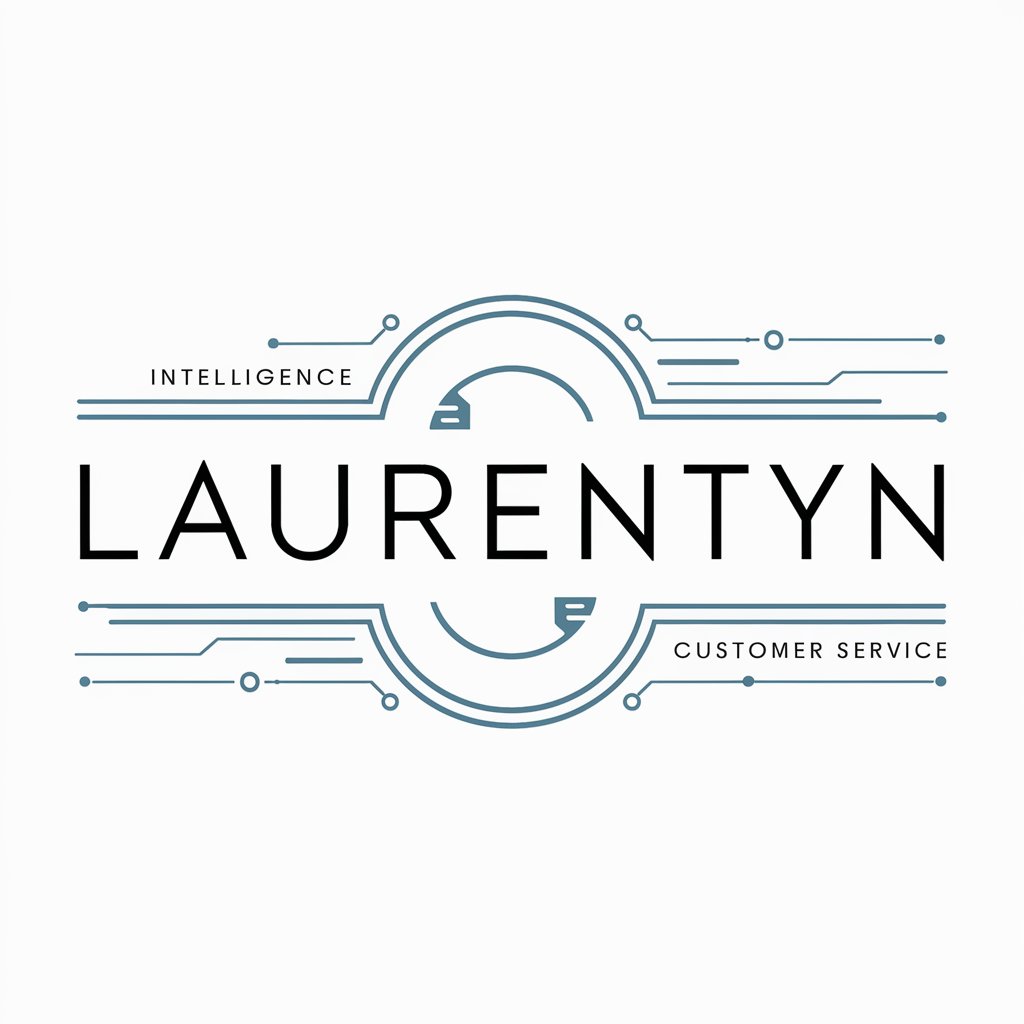
Legal eagle
AI-Powered Legal Insight at Your Fingertips

Correcting text
Instantly refine your writing with AI
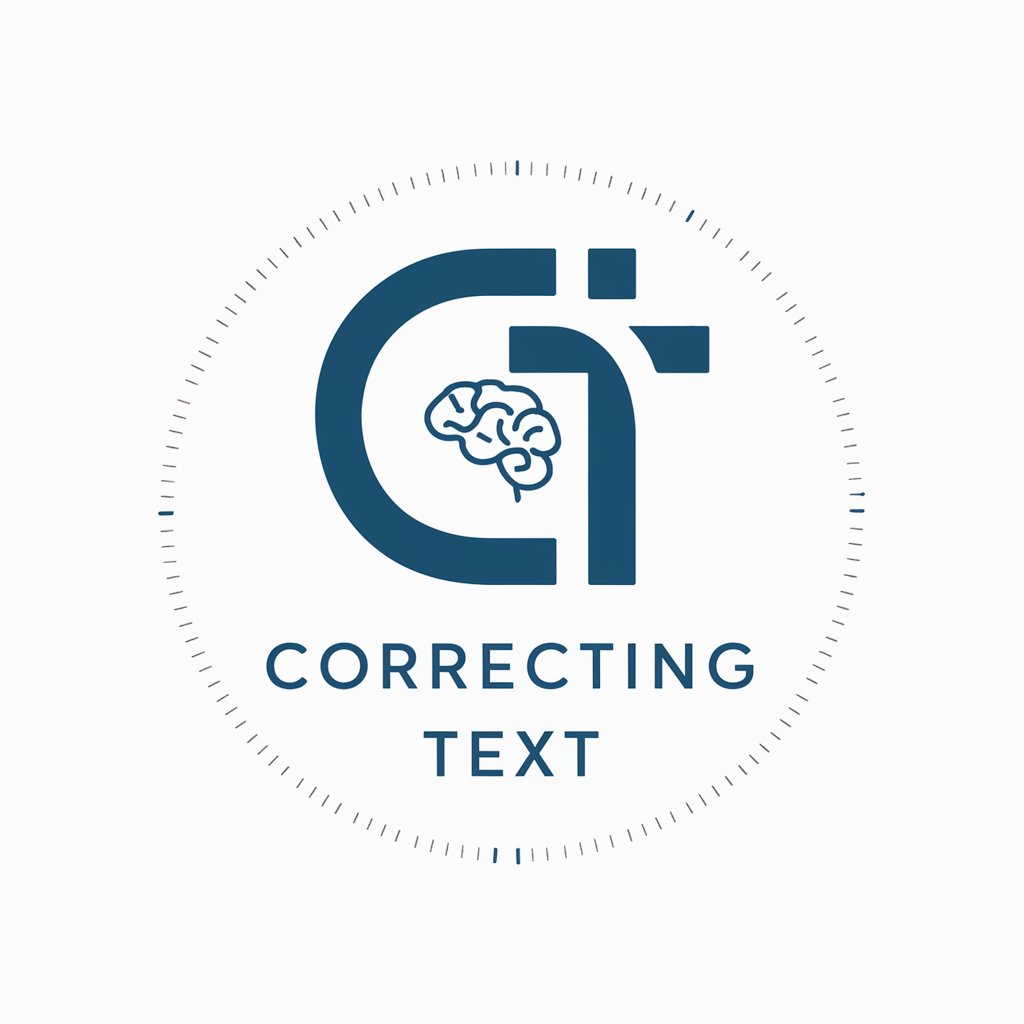
xueqiu_analysis_v0206
Analyzing Stock Sentiments with AI

newtest
Power your communication with AI
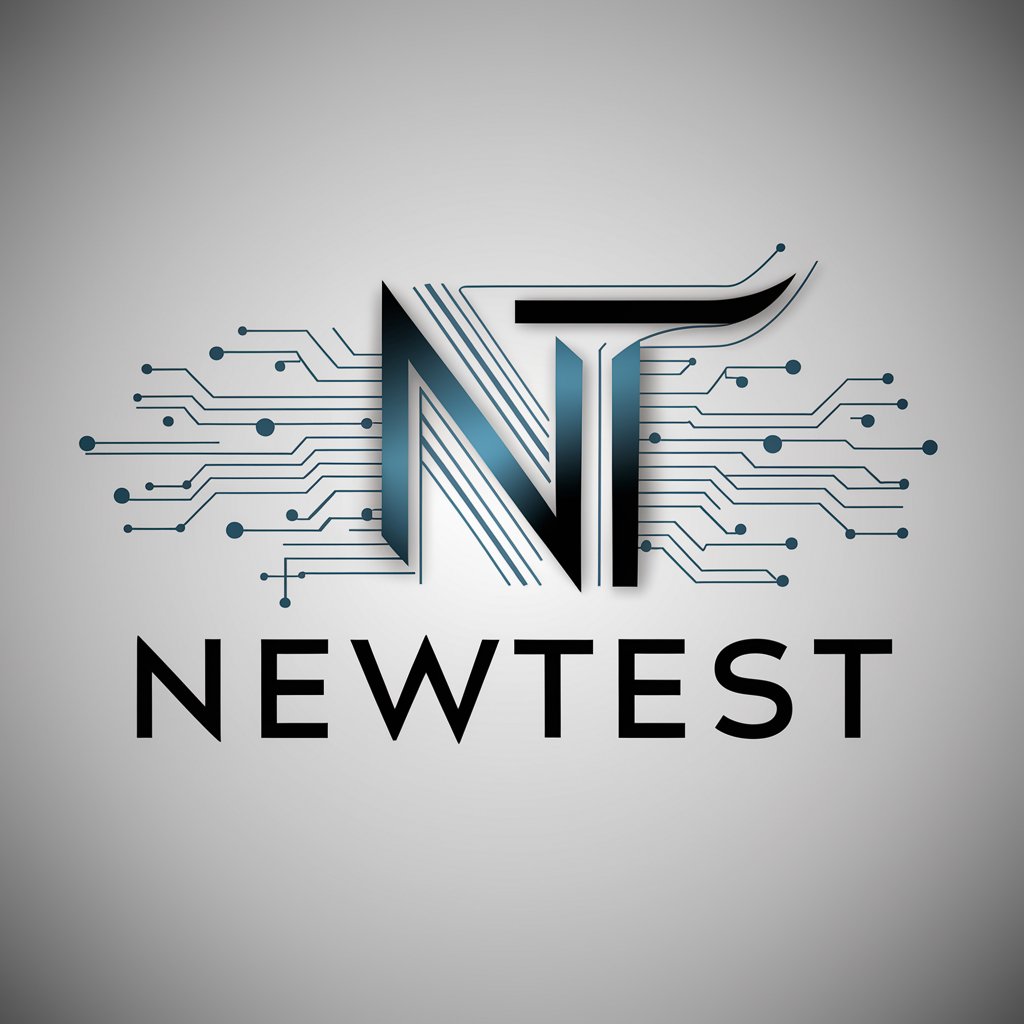
Russian-English Translator and Evaluator
Translate and Evaluate with AI Power

Graphic Designer GPT
Empowering design with AI

PTC conference finder OVA
Maximize Innovation's Market Impact

Knife expert
Sharpen Your Skills with AI

PSYCH 101
Master Psychology with AI

VectorBT Pro Backtest Engineer
AI-Powered Trading Insights

로또 번호 추출기(Advanced lotto extractor)
AI-powered precise lottery predictions
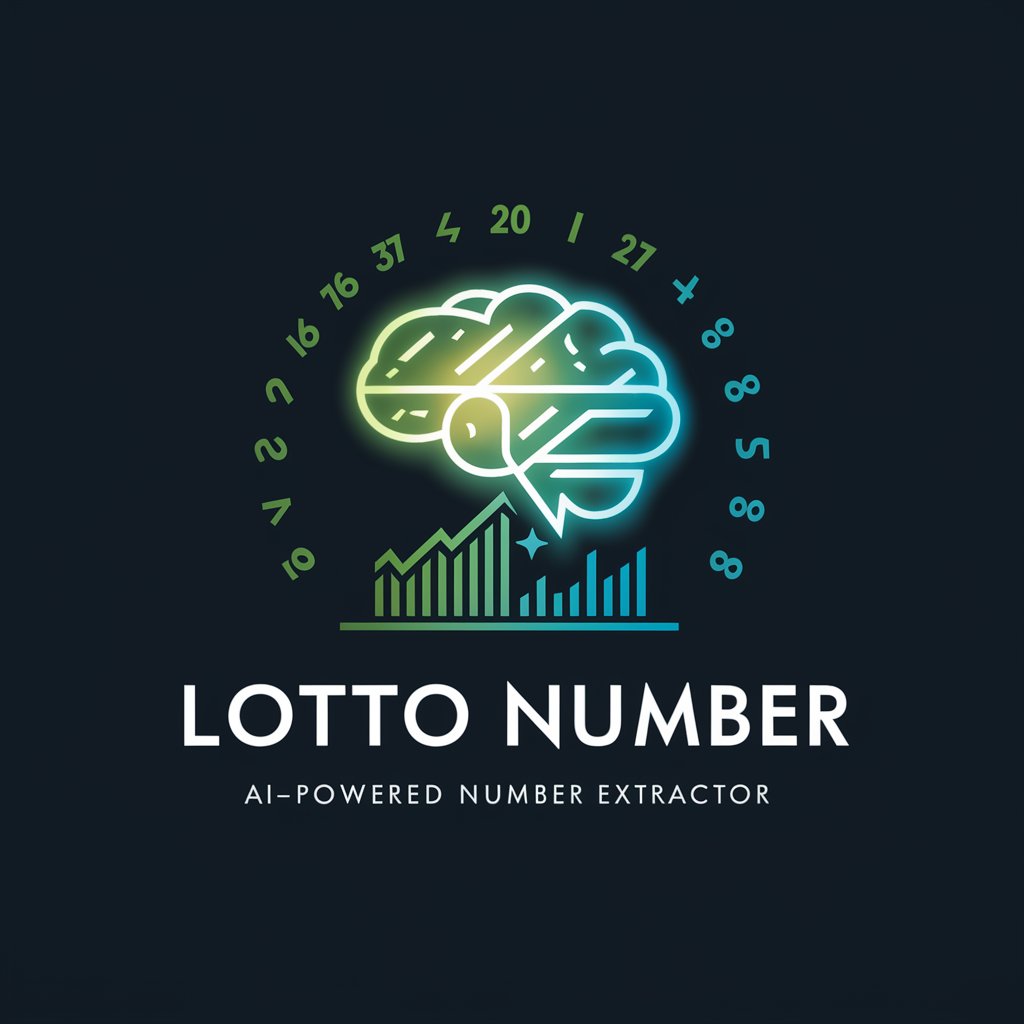
Frequently Asked Questions about CPLEX-Integrated GPT
What is CPLEX-Integrated GPT?
CPLEX-Integrated GPT is an AI tool designed to assist users in formulating, analyzing, and solving optimization problems using the CPLEX library.
Can this tool solve optimization problems directly?
No, the tool cannot execute CPLEX code or solve problems directly. It guides users in setting up their models and interpreting results.
What are common issues this tool can help debug?
It can help identify issues such as data inconsistencies, unbounded solutions, and infeasible models, offering guidance on adjustments.
How can CPLEX-Integrated GPT enhance learning about optimization?
The tool provides detailed explanations of optimization concepts, enhances understanding of the CPLEX environment, and assists in the practical application of theory.
Is this tool suitable for beginners in optimization?
Yes, it offers step-by-step guidance and explanations, making it accessible for beginners while also serving as a valuable resource for advanced users.
